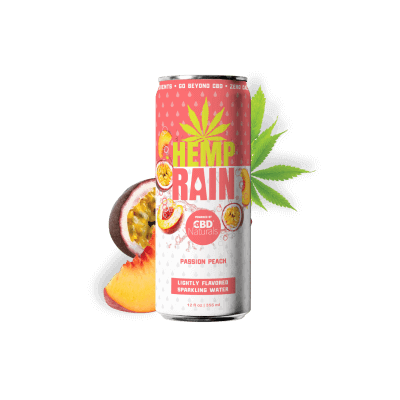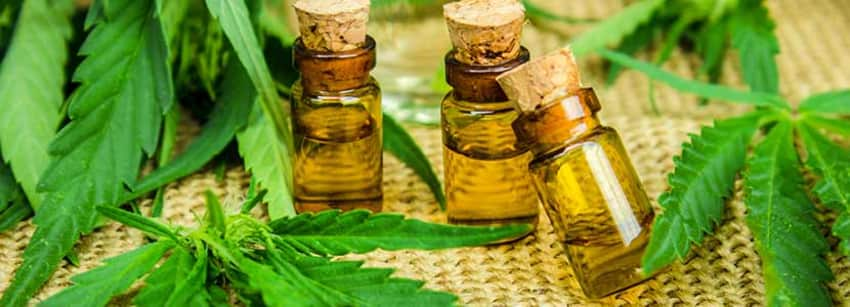
Cannabidiol, an antioxidant that has many benefits for your skin, is a great choice. It reduces irritation, redness, inflammation, combats acne and soothes psoriasis. It also slows down the effects of aging. It protects the skin against free radicals thanks to its antioxidant properties. It also nourishes and hydrates the skin, and soothes stress.
Cannabidiol
The global cannabidiol skin care market is dominated by the North American region, which includes the U.S. and Canada. It is also present throughout Europe, including the Netherlands, Switzerland, Belgium, and Switzerland. The Asia-Pacific cannabidiol skincare market is expanding, and is forecast to enjoy a profitable increase over the period 2022-2029.

CBD oil
CBD oil is a great choice for skin care products because of its antioxidant and anti-inflammatory qualities. Studies have shown that it can help with several skin conditions, including acne and psoriasis. In addition, it's non-toxic and safe for sensitive skin. It's also known to have no adverse side effects.
CBD-infused products
Two main goals are driving the skincare industry: treating acne and decreasing signs of aging. Both of these issues are caused by inflammation, and CBD might have an anti-inflammatory effect on the sebocytes that produce oil and sebum. Although CBD has not been proven to reduce acne-related swelling, redness and pain, it has been shown to have promising results.
CBD oil infused products
CBD oil has many uses in skin care products. It works as an anti-wrinkle ingredient, and helps to reduce the appearance fine lines and wrinkles. There are a variety of CBD-infused body lotions and serums on the market.

Hemp oil in products
Hemp oil can be used as a natural moisturizer and has many health benefits. Hemp oil's anti-inflammatory and antioxidant properties are good for your skin. This can help prevent the appearance of fine lines and wrinkles. It is common to use the oil in products for the body and face, such as creams or serums.
FAQ
What are the best uses for CBD?
CBD can be used as an alternative to anxiety treatment. It can also be used for pain relief, epilepsy treatment, inflammation, depression and other conditions.
CBD can be taken in many forms. CBD is available in many forms.
Consuming CBD has many benefits. It has been shown to help people suffering from chronic pain, PTSD, anxiety, and more.
Can CBD have a future in medicine?
The answer is yes. However, it is not because of its medical benefits. Its ability to make people feel better without feeling high is what makes it so attractive.
The fact that it doesn't make you feel any different when you use it makes it perfect for those who are looking for an alternative to prescription drugs.
Studies have shown that cannabis is effective in relieving pain, anxiety, depression and insomnia.
Cannabinoids, also found in cannabis are thought to interact with our brain receptors. This interaction produces feelings of relaxation and well-being.
It is essential to learn about CBD oil and its effects if you want to use it for health reasons.
How can CBD products successfully be marketed by companies in compliance with regulations?
The FDA does not regulate hemp for its agricultural commodities. The Controlled Substances Act regulates all cannabis derivatives, including marijuana. CBD is not covered by any regulations.
CBD is legal in 29 states. However it is still illegal under federal law. Businesses that want to sell CBD products face uncertainty.
The FDA also sets strict guidelines about how CBD products are promoted. They must disclose the THC content of any CBD products. Companies cannot claim CBD is effective in treating certain medical conditions without supporting evidence.
In addition, the FDA requires manufacturers to submit detailed information regarding manufacturing practices and quality control measures. To demonstrate safety and efficacy, the FDA requires companies to perform clinical trials.
These factors are crucial for companies to consider when developing their marketing strategies.
Which states consume the most CBD?
California, Colorado, Oregon are the three most populous states. These states have large numbers, high incomes, and low rates of unemployment. They also have a higher number of hemp farms compared to other states.
California leads because its economy relies heavily on agriculture. It produces most of the nation's vegetables and fruits. This is because cannabis is from the same source as hemp.
Oregon and Colorado follow closely behind as both states produce medical marijuana. California and Oregon, however, don't allow recreational use of marijuana.
Other high-ranking states include Washington, New York and Florida.
Is there a saturation in the CBD market?
CBD is growing at a rate of more than 25% per year. This growth will continue at least five years. In fact, the industry is projected to grow from $2 billion today to $5 billion by 2020.
Two companies are currently dominating the CBD market - GW Pharmaceuticals & Canndoc Ltd. Both are focused on developing pharmaceutical-grade products. However, they have not been very successful thus far. Both are struggling to get traction on market.
Cannabidiol, or CBD (cannabidiol) is a cannabis extract that contains less 0.3% THC. It doesn't produce any psychoactive effects. It can be used to treat epilepsy or other medical conditions. It is also used to supplement a diet.
There are many options for CBD products. Some CBD products are made with whole plants extracts, others use CBD isolates.
These products share one common feature: they all contain low levels of THC.
These products are legal under US federal law. But, you still have to adhere to local laws when selling CBD products. It is important to check the regulations in your state for CBD products.
Additionally, CBD products in some states are illegal. These include California, Colorado, Florida, Mississippi, Missouri, New York, North Carolina, Ohio, Oklahoma, Oregon, Pennsylvania, Rhode Island, South Dakota, Texas, Utah, Virginia, Washington, and Wisconsin.
If you live in one of these states, then you will probably want to avoid making CBD products.
What are the differences in CBD price between different states?
Prices for CBD products depend on where you are located. You can even find prices that are more than 10 times higher in some places!
In general, prices increase the further north you go. In Alaska, CBD is $35 per gram on average, while it costs $200 in Hawaii.
This trend is continued across the nation. Prices can range from $5-$2,500 per gram.
This is what's the deal?
Variable levels of regulation can explain why prices differ so greatly. Some states require CBD products to contain minimal THC (the psychoactive element of marijuana). Other states don’t care about how much THC is in CBD products.
Some companies may choose to sell their products first in one state before shipping them to another.
What is the size of the global CBD market?
Euromonitor International estimated that the global CBD industry was worth $US3.5 billion in 2015. This represents an increase of over 10% from 2014.
This report predicts that the figure will rise to $US6.4 trillion by 2020, which is an average annual growth rate at 12%.
CBD products will make up around half of all products derived from hemp by 2020.
This includes CBD oils.
Statistics
- The inhibition of FAAH is predicted to lead to an increase in brain and plasma concentrations of AEA, which acts as a partial agonist at CB1R and CB2R, thereby increasing endocannabinoid tone [92, 110]. (ncbi.nlm.nih.gov)
- While the primary injury may not be treatable, interventions that attenuate secondary sequelae are likely to be of benefit [203].Only one study (ncbi.nlm.nih.gov)
- The use of these products is likely to become even more widespread if the World Health Organization's recommendation that CBD no longer is scheduled in the international drug control conventions is adopted by the United Nations member states [201]. (ncbi.nlm.nih.gov)
- HR −16 mmHg; 95% CI −26, −6; I2 = 92%) (ncbi.nlm.nih.gov)
- OralWhere HED is the human equivalent dose, and Km is a correction factor estimated by dividing the average body mass (BM) of the species (60, 0.020, and 0.150 kg for 11 humans, mice, and rats, respectively) and by its surface area (see: Nair et al. (ncbi.nlm.nih.gov)
External Links
How To
What are the most common problems in the CBD industry?
The market for CBD is growing at an astonishing rate. However, there are still many challenges facing businesses looking to enter this space. These include a lack of consumer awareness, high cost of entry, limited access to capital, and regulatory uncertainty.
Many consumers do not know what CBD is or how it works. This makes it difficult for consumers to make informed decisions on whether or not they want CBD products.
Most CBD companies rely heavily upon word-of mouth marketing. This is costly, as it requires advertising and the hiring of staff to promote their brand.
High production costs are another problem facing new entrants in the CBD industry. The raw materials needed to create CBD products are quite expensive. For example, hemp needs to be grown in specific climates and soil types before it can be processed into CBD oil.
Growing enough hemp to make CBD oil takes around $1,000 per acre. Many small farmers can't afford to begin.
The lack of capital access is another obstacle new entrants to the CBD market face. Banks discourage many people from starting a business because of the stigma attached to this industry.
Last but not least, there is regulatory uncertainty regarding the sale and distribution of CBD products. There are currently not clear guidelines as to how CBD products should marketing.
Although some states have passed legislation restricting CBD product sales, this has not become a national policy.
So far, only two states - Maine and Nevada - have legalized recreational marijuana.
Some states, such as Michigan and Massachusetts, are looking at similar measures.
These changes could cause increased competition among CBD manufacturers.
These factors are why many entrepreneurs prefer to work from home than open a physical store.